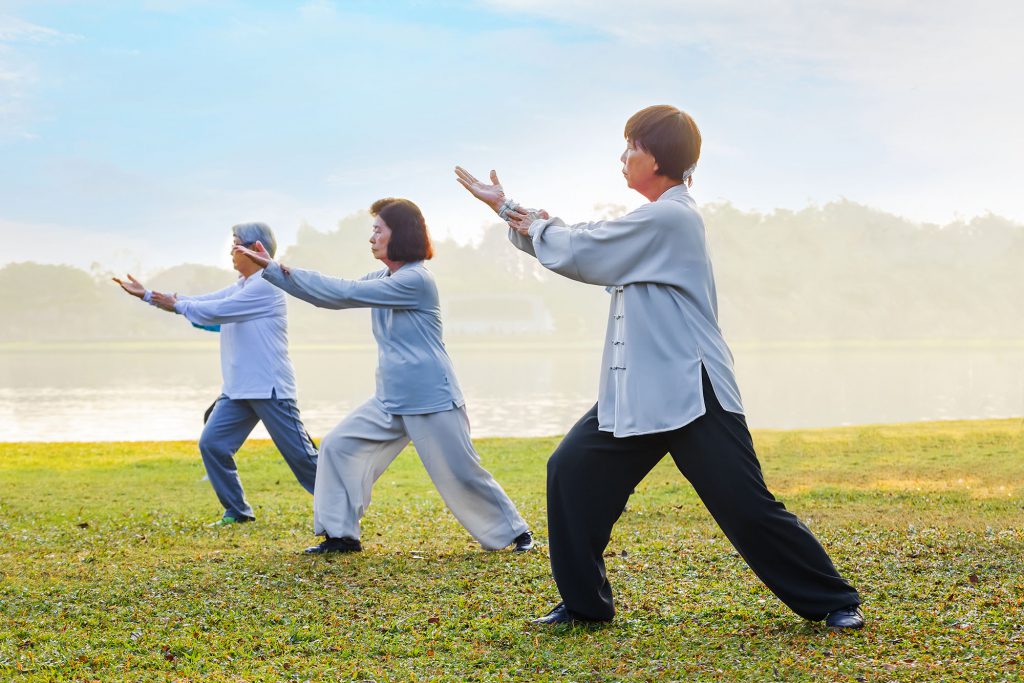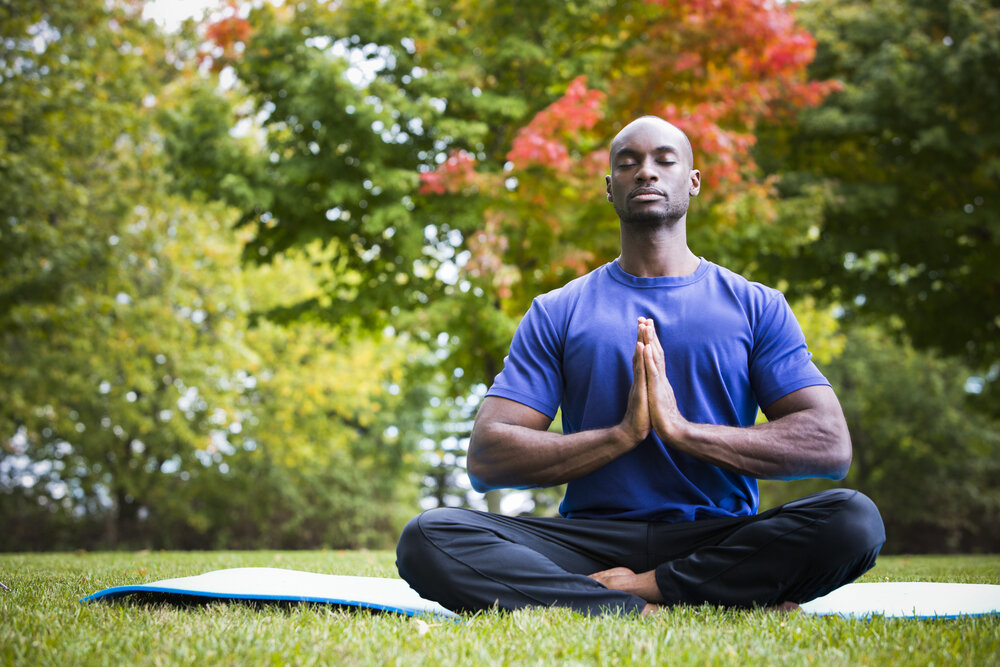In an increasingly digital world, the ancient practice of Tai Chi has found new life through virtual platforms. Once confined to parks and studios, this gentle martial art is now accessible to anyone with an internet connection, revolutionizing how people approach mindfulness, physical health, and stress relief. Virtual Tai Chi classes are not just a temporary solution—they’re becoming a lasting wellness trend, offering flexibility, accessibility, and profound benefits for both body and mind.
The Rise of Virtual Tai Chi
Tai Chi, with its slow, deliberate movements and emphasis on breath control, has long been celebrated for its ability to improve balance, reduce stress, and enhance overall well-being. Traditionally taught in person, the practice required students to attend classes at specific times and locations. However, the shift to virtual instruction has removed these barriers, making Tai Chi more inclusive than ever.
The COVID-19 pandemic accelerated the adoption of online wellness programs, but the appeal of virtual Tai Chi extends far beyond necessity. Busy professionals, homebound seniors, and even those in remote areas can now participate in guided sessions from the comfort of their homes. This convenience has opened the door for more people to experience Tai Chi’s transformative effects without the constraints of geography or scheduling conflicts.
Key Benefits of Virtual Tai Chi Classes
1. Stress Reduction and Mental Clarity
One of the most significant advantages of Tai Chi is its ability to calm the mind. The practice combines movement with deep breathing, activating the parasympathetic nervous system and lowering cortisol levels. Virtual classes allow participants to immerse themselves in this meditative experience without distractions, creating a personal sanctuary wherever they are.
2. Improved Physical Health
Though Tai Chi is low-impact, it is remarkably effective at enhancing physical wellness. Regular practice can:
- Strengthen muscles and improve posture
- Increase flexibility and joint mobility
- Boost cardiovascular health
- Enhance balance and prevent falls (particularly beneficial for older adults)
Virtual instruction ensures that even those with limited mobility or chronic pain can engage in safe, modified movements under expert guidance.
3. Accessibility for All Ages and Abilities
Unlike high-intensity workouts, Tai Chi is adaptable to all fitness levels. Virtual platforms often offer beginner-friendly tutorials, advanced routines, and even chair-based variations for those with physical limitations. This inclusivity makes it an ideal practice for seniors, individuals recovering from injuries, or anyone seeking a gentle yet effective exercise option.
4. Consistency and Routine
One of the biggest challenges in maintaining a wellness practice is consistency. Virtual Tai Chi classes eliminate common obstacles like commuting or rigid schedules, making it easier to establish a daily habit. Many platforms provide on-demand sessions, allowing users to practice at their own pace and revisit lessons as needed.
5. Community and Connection
While practicing at home might seem isolating, many virtual Tai Chi programs foster a sense of community through live sessions, discussion forums, and social media groups. Participants can share experiences, ask questions, and even join global events, creating a supportive network despite physical distance.
How Virtual Tai Chi Compares to In-Person Practice
Some purists argue that in-person instruction is irreplaceable, particularly for mastering precise movements. However, virtual Tai Chi classes have unique advantages:
- Personalized pacing – Students can pause, rewind, or slow down instruction to suit their learning style.
- Reduced intimidation – Beginners may feel more comfortable practicing in private before joining group sessions.
- Cost-effectiveness – Online classes are often more affordable than studio memberships or private lessons.
That said, the effectiveness of virtual Tai Chi depends on the quality of instruction. Reputable platforms employ experienced teachers who provide clear demonstrations, verbal cues, and even personalized feedback through video submissions.
The Future of Virtual Tai Chi
As technology evolves, so does the potential for virtual Tai Chi. Innovations like augmented reality (AR) and AI-driven feedback could further enhance the experience, offering real-time posture corrections or immersive environments that mimic outdoor settings. Additionally, wearable devices may soon integrate with Tai Chi apps to track progress in balance, flexibility, and stress levels.
Final Thoughts
Virtual Tai Chi classes are more than just a convenient alternative—they’re a gateway to sustainable wellness. By breaking down barriers to access, these digital platforms empower individuals to cultivate mindfulness, improve physical health, and build resilience in an increasingly fast-paced world. Whether you’re a curious beginner or a seasoned practitioner, the virtual Tai Chi revolution offers a path to harmony that fits seamlessly into modern life.
Visit these links for similar information :
https://wordtaps.com/
https://heatheninc.com/
https://vstorekids.com/
https://mundoadministrativo.net/
https://aguidetravel.com/
https://onlinebuymarijuana.com/
https://tnanews.net/
https://janewashere.co.uk/
https://hotelsinvalencia.org/
https://topholidays.net/
https://zbusoft.com/
https://triltechnology.net/
https://homelessinformation.com/
https://cadhomeplan.com/
https://marcospitbullhome.com/
https://polynews.org/
https://healthylivingindia.org/
https://thenewstime.net/
https://promopoker.net/
https://refinance-student-loans.org/
https://cityp.org/
https://oldpathshomesteading.com/
https://newsetmoto.com/
https://aboutfinancetoday.com/
https://homesandbenefits.com/
https://geotheatre.org/
https://firstpresbyterianpreparatoryschool.org/
https://homesbyelva.com/
https://askdrhealth.com/
https://thefashionstyle.org/



